Wild, majestic, and undeniably captivating, big cats like lions, tigers, and leopards have always fascinated humans. However, when these magnificent creatures find themselves in captivity, their lives change dramatically. The transition from vast plains and dense jungles to confined enclosures often poses significant emotional and physical challenges. Let’s delve into ten key issues that make life in captivity a struggle for these big cats.
Restricted Space and Lack of Freedom
In the wild, big cats roam vast territories, sometimes spanning hundreds of square miles. This expansive space allows them to hunt, mate, and establish territories. In captivity, however, space is severely limited. Even the largest enclosures cannot replicate the freedom of the wild. This confinement can lead to frustration and stress, as these cats are natural roamers. Imagine living in a small room your whole life when you’re accustomed to exploring an entire city. The lack of space can cause behavioral issues and mental distress, leading to a diminished quality of life for these magnificent animals.
Inadequate Environmental Enrichment
Environmental enrichment is vital for the mental and physical well-being of big cats in captivity. It involves providing stimuli that mimic what they would find in their natural habitats. Unfortunately, many facilities lack the resources or knowledge to offer adequate enrichment. Without challenges like hunting or exploring new territories, big cats can become bored and lethargic. It’s similar to a person living a monotonous life without any hobbies or interests. This lack of stimulation can lead to depression and anxiety in big cats, further emphasizing the importance of dynamic and engaging environments.
Health Complications Due to Diet
In the wild, big cats have a varied diet, hunting different prey and gaining essential nutrients. In captivity, their diet is often limited to pre-prepared meals, which might not provide all the necessary nutrients. This can lead to health problems such as obesity, malnutrition, or other dietary deficiencies. Imagine eating the same meal every day without any variation or balance. It’s crucial for caretakers to ensure that captive big cats receive a balanced diet that mimics their natural nutritional intake as closely as possible to maintain their health and vitality.
Loss of Hunting Instincts
Hunting is an intrinsic part of life for big cats. It is not just a means to obtain food but also a fundamental aspect of their behavior and identity. In captivity, the need to hunt is eliminated, which can dull their natural instincts. Over time, this loss can lead to changes in behavior and even affect their self-esteem. It’s akin to a skilled craftsman being unable to practice their craft, leading to a decline in their skills and confidence. Providing opportunities for big cats to engage in simulated hunting activities can help preserve these vital instincts.
Social Isolation and Loneliness
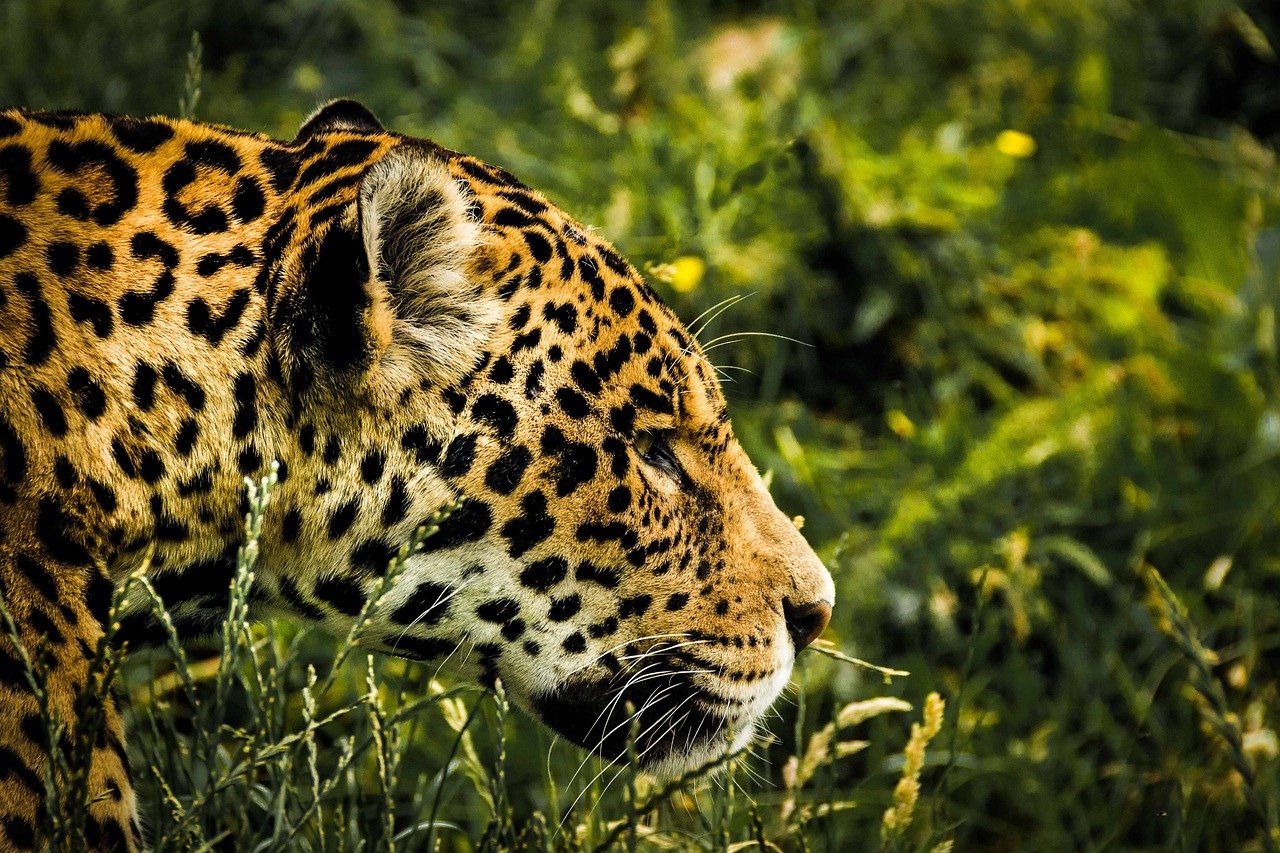
Big cats, especially species like lions, are social animals that thrive in groups or prides. In captivity, they are often kept alone or in unnatural groupings, leading to loneliness and social stress. The lack of social interaction can result in behavioral issues and emotional distress. Imagine living in solitude without the company of friends or family. This isolation can be detrimental to their mental health, making it crucial for facilities to provide opportunities for social interactions that mimic their natural social structures.
Behavioral Problems Due to Stress
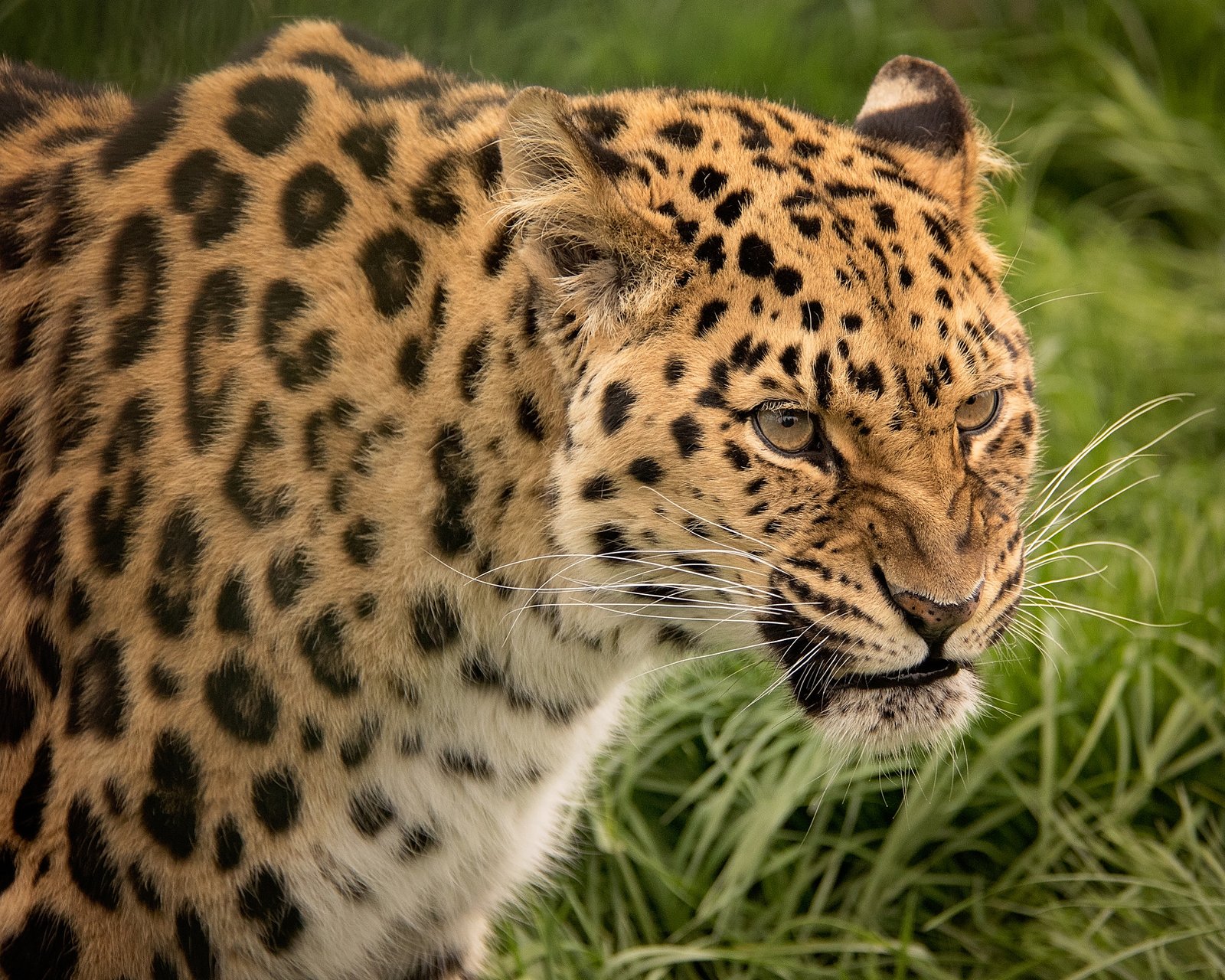
The stress of captivity can manifest in various behavioral problems among big cats. Pacing, over-grooming, and aggression are common signs of distress. These behaviors can be triggered by numerous factors, including confinement, lack of enrichment, or social isolation. Picture a person under constant stress, unable to escape their environment. Just like humans, big cats need ways to cope with stress, and when these are absent, it can lead to unhealthy behavior patterns. Understanding and addressing these stressors is essential for their well-being.
Limited Reproductive Opportunities
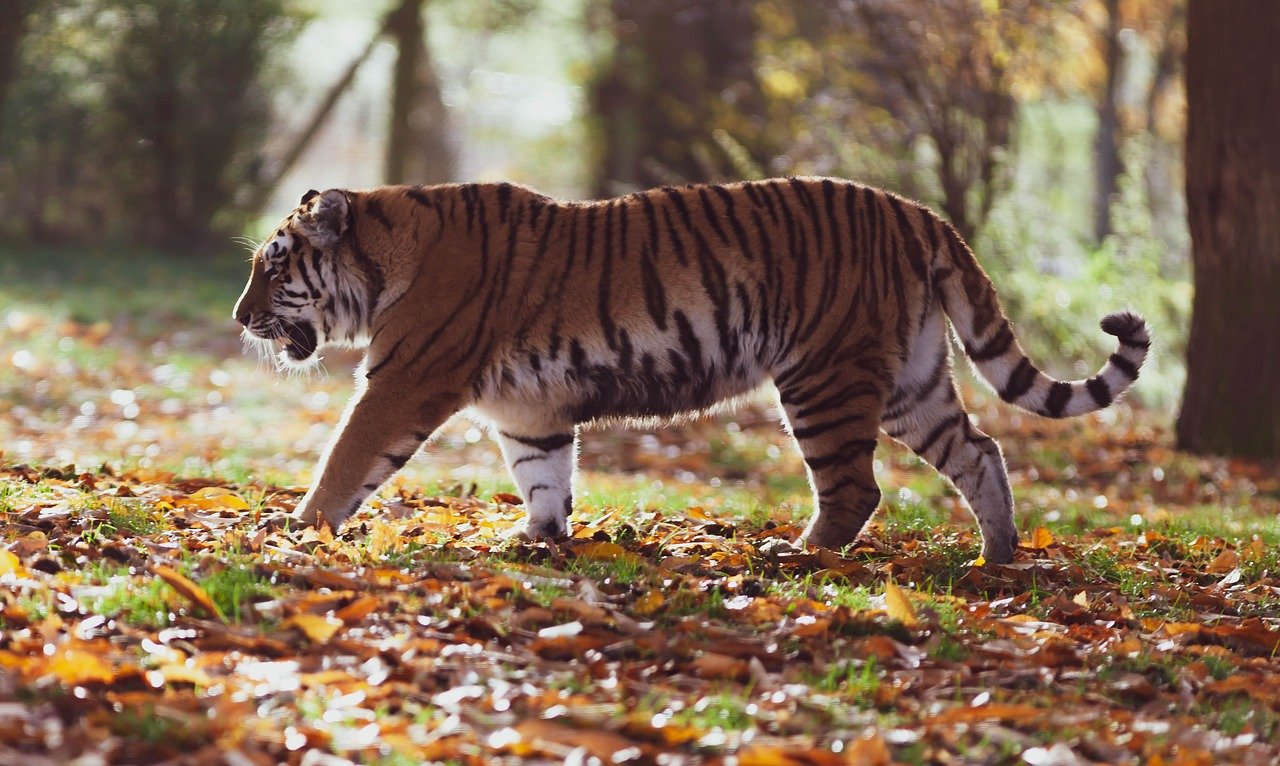
Reproduction is a natural and essential part of life for big cats. In captivity, breeding programs are often controlled to prevent overpopulation. While this is necessary, it can also lead to frustration and stress for the cats. Denying them the opportunity to mate can disrupt their natural life cycles and lead to hormonal imbalances. It’s similar to wanting something deeply natural and being constantly denied. Facilities must balance the need for population control with the innate desires and needs of the animals.
Inconsistent Human Interaction

The level of human interaction big cats experience in captivity can vary greatly. While some may become accustomed to human presence, others find it stressful or overwhelming. Inconsistent interactions, whether too much or too little, can confuse and stress these animals. Imagine not knowing when or how much to expect something important in your life. This unpredictability can lead to anxiety and stress in big cats. Establishing consistent and appropriate levels of interaction is crucial for their comfort and well-being.
Inappropriate or Poorly Designed Enclosures
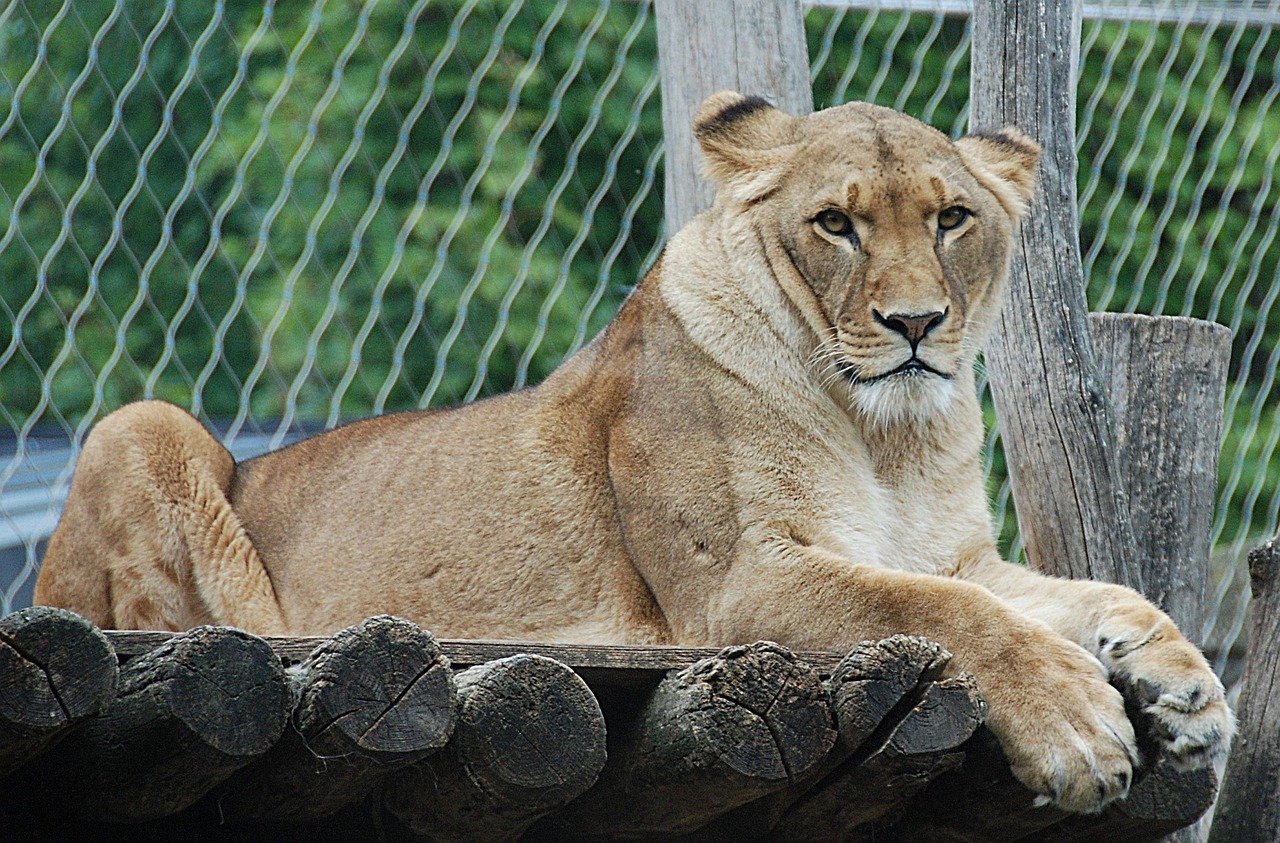
The design of enclosures plays a significant role in the quality of life for captive big cats. Poorly designed spaces can restrict movement, lack privacy, and fail to provide the necessary stimulation. Imagine living in a house that doesn’t suit your needs or preferences. It’s not just about size but about creating an environment that meets their physical and psychological needs. Properly designed enclosures should offer opportunities for climbing, hiding, and exploring, mimicking the complexity of their natural habitats.
Health Issues Due to Lack of Exercise
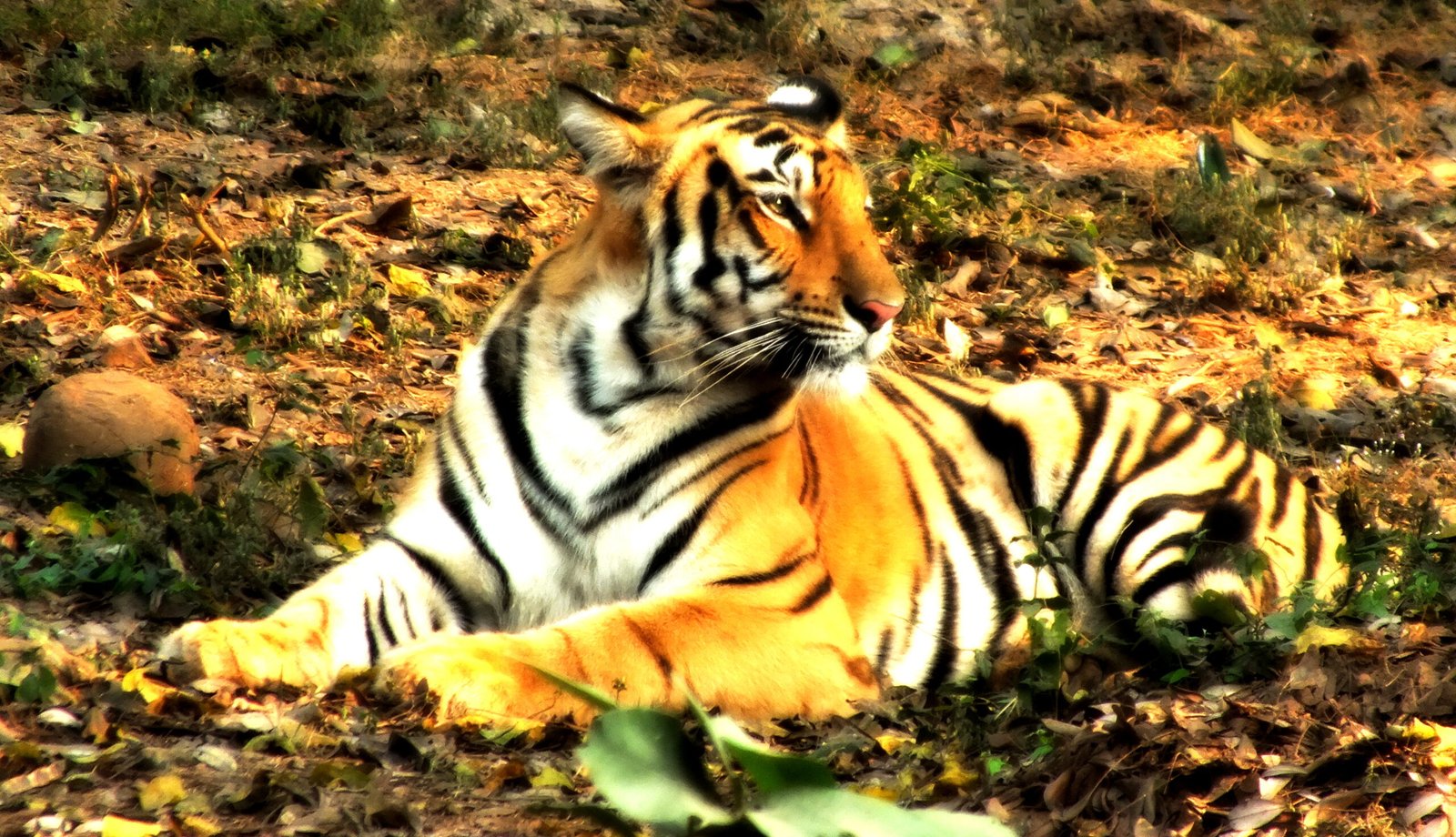
Exercise is vital for the health and well-being of big cats. In the wild, they engage in physical activities like running, climbing, and hunting. In captivity, limited space and opportunities can lead to a sedentary lifestyle, resulting in obesity and related health issues. It’s like someone used to running marathons suddenly confined to a small room. Providing ample space and opportunities for physical activity is crucial to prevent health problems and ensure these animals remain fit and healthy.
Conclusion
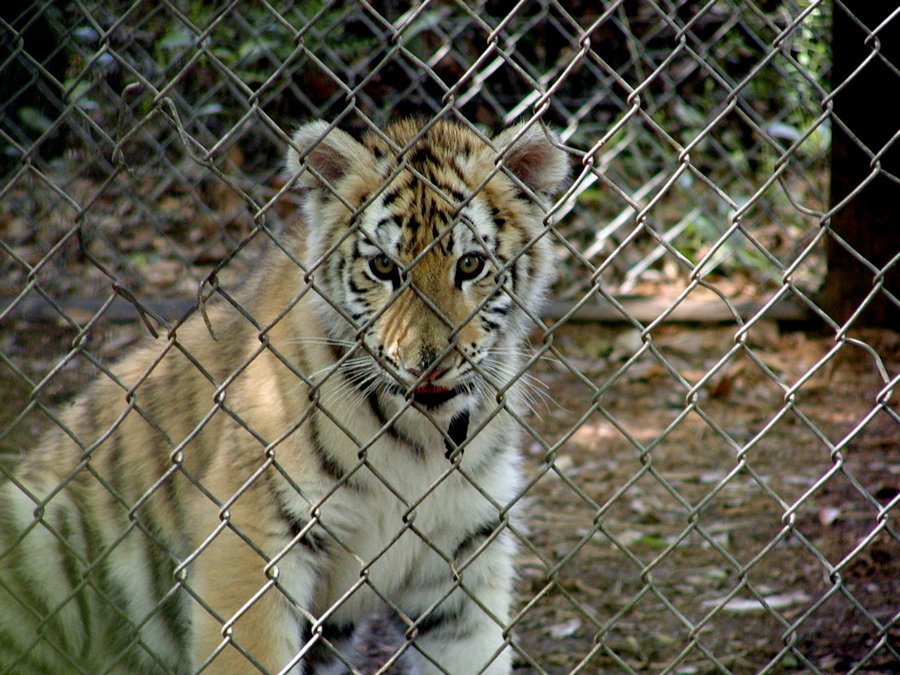
Big cats in captivity face numerous challenges that can impact their emotional and physical well-being. From restricted space to inadequate environmental enrichment, these factors can lead to stress, health issues, and behavioral problems. It’s essential for facilities to address these challenges to provide a life that closely mimics their natural environment. Understanding and empathizing with the struggles of captive big cats is the first step toward improving their quality of life. By doing so, we can ensure these magnificent creatures continue to thrive and inspire future generations.
Hi, I’m Bola, a passionate writer and creative strategist with a knack for crafting compelling content that educates, inspires, and connects. Over the years, I’ve honed my skills across various writing fields, including content creation, copywriting, online course development, and video scriptwriting.
When I’m not at my desk, you’ll find me exploring new ideas, reading books, or brainstorming creative ways to solve challenges. I believe that words have the power to transform, and I’m here to help you leverage that power for success.
Thanks for stopping by, Keep coming to this website to checkout new articles form me. You’d always love it!






